A spotting trip away from your home airport doesn’t have to be a long, expensive affair.
Often there are some great opportunities for a few days or a weekend away making the most of the spotting opportunities in one location.
This can often include combining larger airports, smaller airfields, aviation museums and preserved aircraft, and a stay in a decent spotting hotel.
Some great plane spotting mini breaks can be found in Europe. Here are some suggestions:
Hamburg
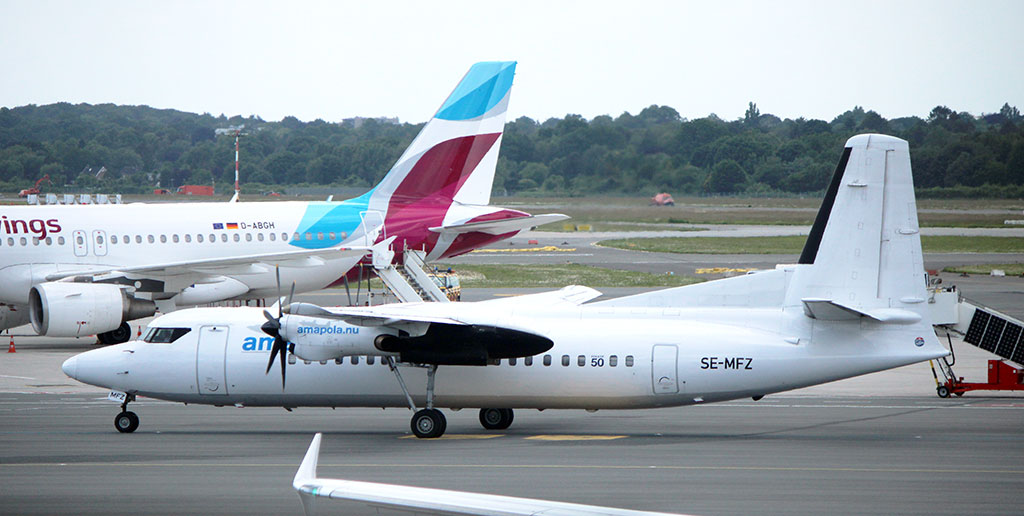
Germany’s major port city is also one of Europe’s main aircraft manufacturing sites thanks to the presence of Airbus at its Finkenwerder airport.
There’s also a major regional airport to visit to catch up on your German airline fleets and those from further afield.
A day spent at each airport is usually enough for a great spotting trip.
The main airport for Hamburg is at Fuhlsbüttel. It’s busy hub for Condor, Eurowings and Ryanair, and is served by most European airlines, plus others from Africa and the Middle East. There are lots of seasonal charters to the sun in the summer, and Lufthansa Technik has a maintenance base here.
Both terminals have signposted observation decks to watch aircraft movements. Photography is through glass, but you won’t miss any movements.
Also, alongside runway 15/33 is a hut selling coffee and other refreshments with an elevated position, space to park and great views of aircraft movements.
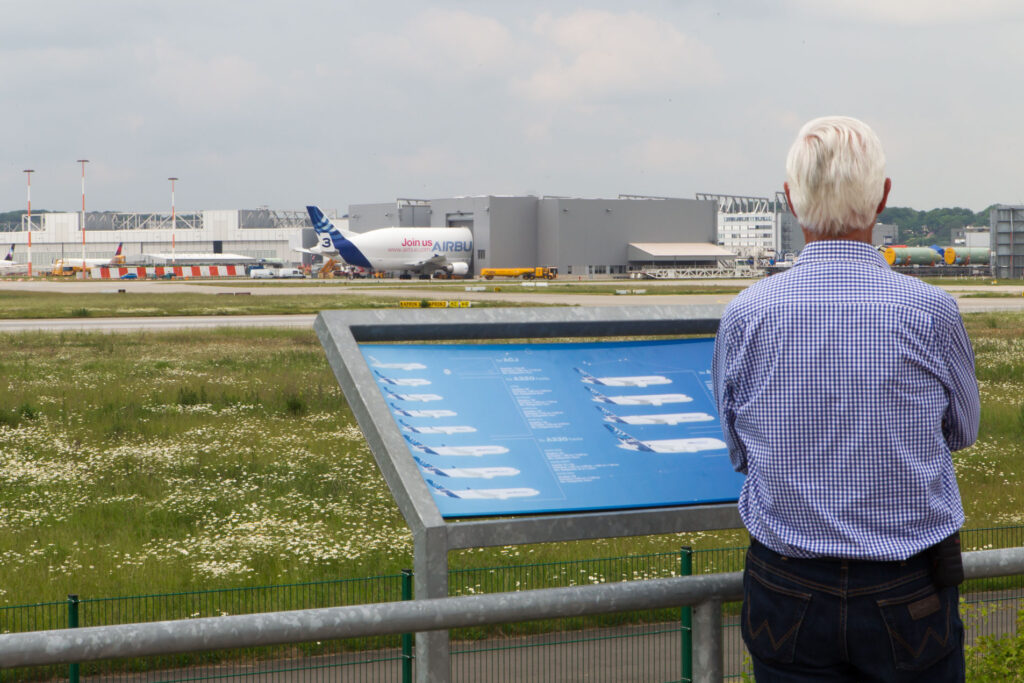
Finkenwerder Airport is located in the south west part of the city, alongside the River Elbe. It is primarily used as a manufacturing and outfitting site by Airbus, in addition to their Toulouse facility in France.
The most famous spot at Finkenwerder is a hill for visitors to watch aircraft close to the centre point of the airfield and runway. The hill is located off Neßdeich and has a car park. It offers elevated views of aircraft on the runway and nearby taxiways, and is the best all-round place for spotting here.
[Hamburg Finkenwerder Spotting Guide]
Paris
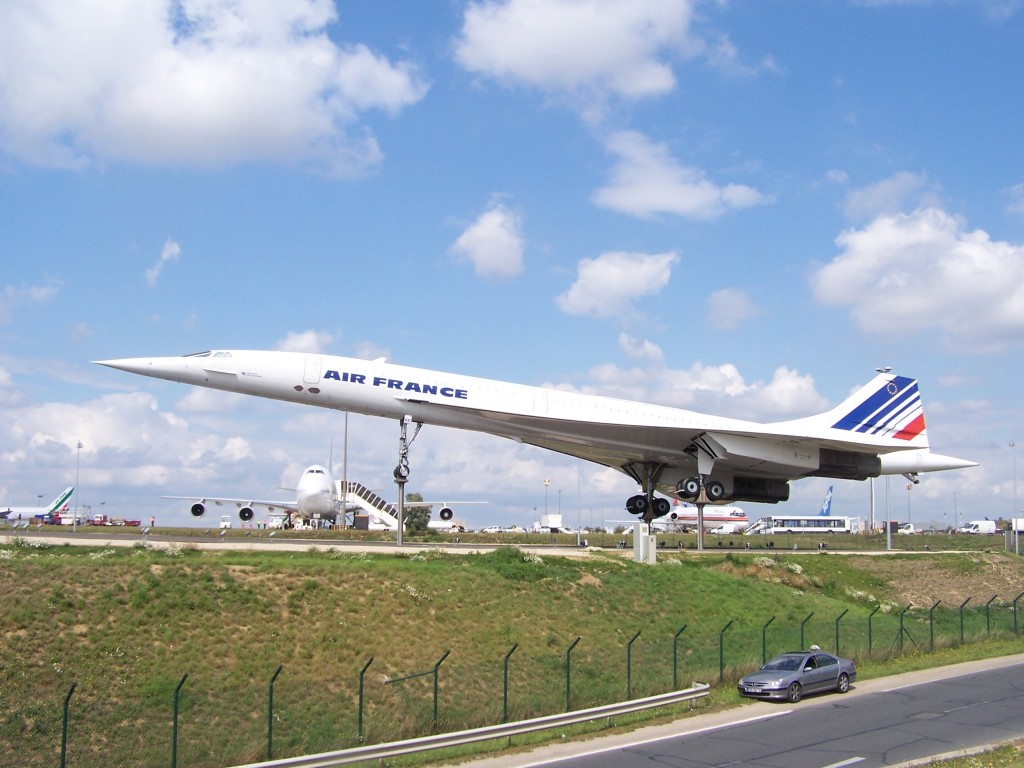
Preserved on poles near the taxiway at Paris CDG.
France’s capital city has two major hub airports, as well as a very busy third airport handling biz jets, which is home to an amazing aviation museum.
Charles de Gaulle, also known as Roissy, is the busiest airport in France and one of the busiest in Europe in terms of passenger numbers and cargo handled. It is the main operating base for Air France, and a hub for FedEx Express. It has three terminals and four parallel runways.
It is difficult to find a good spot at Charles de Gaulle, but if you have a car there are opportunities alongside the northern runway 09L/27R, as well as alongside the southern runway 08R/26L.
The Hilton hotel in the central complex is a good option for spotting.
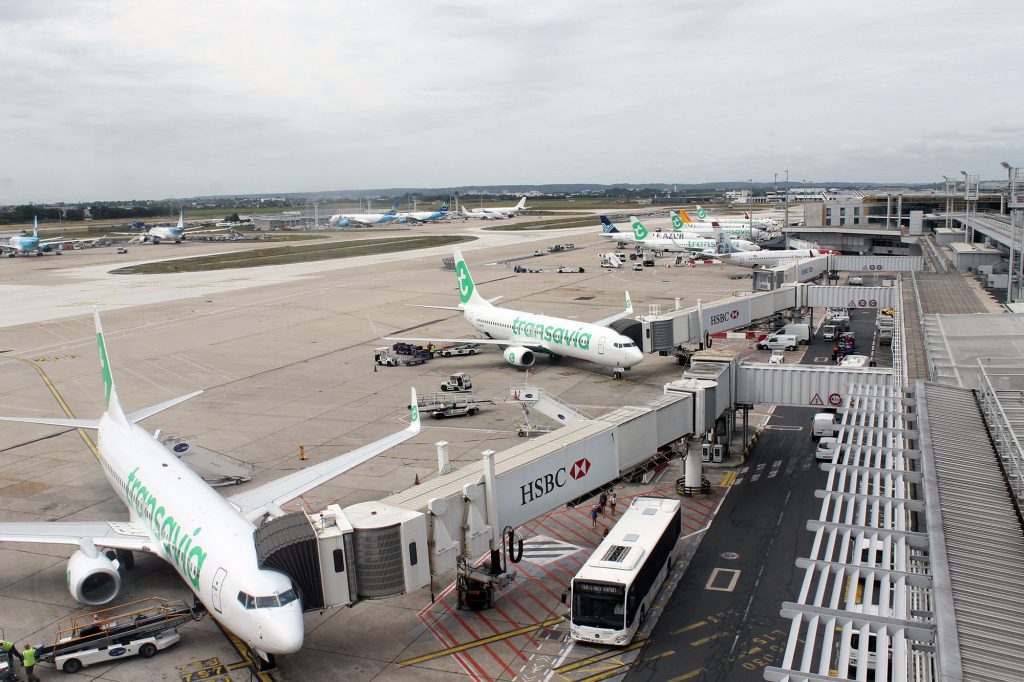
Orly is the second busiest airport in both Paris and France and very much worth a visit as most of Air France’s domestic network operates from here, as well as a number of long haul flights, plus airlines like Air Caraibes, Air Corsica, Corsair International and French Bee.
Orly has two terminals – West and South. There is an official viewing location in the South Terminal which is adequate for viewing most movements. However, many photographers choose to move to various spots around the perimeter for better results.
The airport is easily linked to Paris and Charles de Gaulle by the road, bus and RER train network.
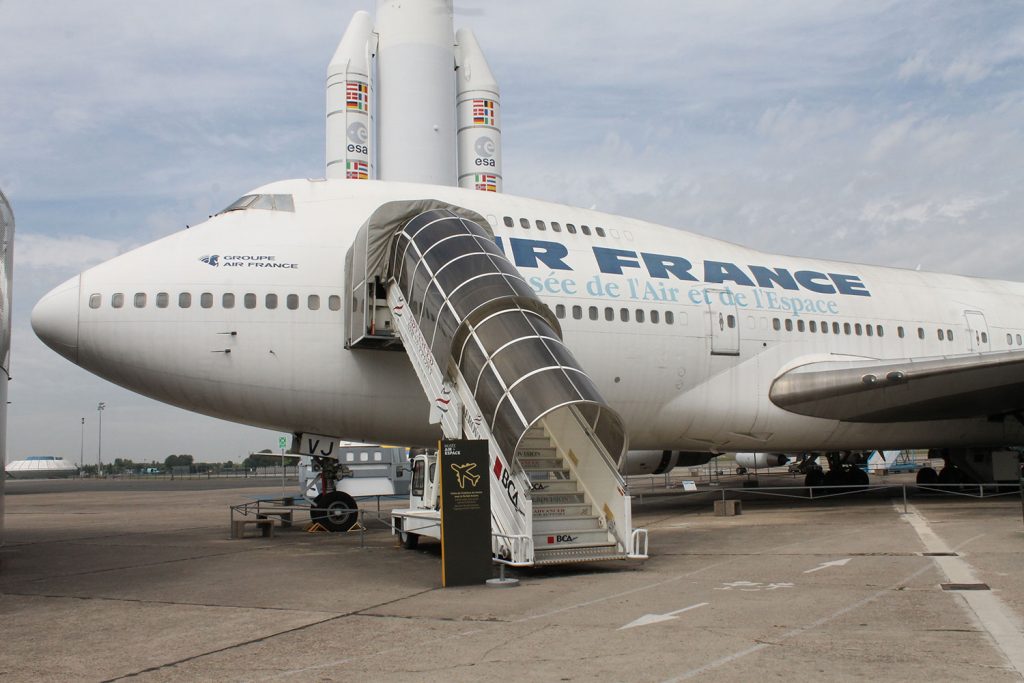
Paris Le Bourget Air France Boeing 747-100 F-BVPJ
Only a ten-minute drive, or 30 minute bus journey (line 350 or 351) from Charles de Gaulle, Le Bourget is an excellent diversion when in Paris. It handles many of the city’s executive jet traffic, and is also famous for the bi-annual Paris Air Salon. There are no scheduled services here any more, but the original terminal building is still present.
If you haven’t visited, the Musée de l’air et de l’espace is worth coming to the airport for. It has a huge collection of aircraft relating to French aviation history, including many prototypes. Large preserved airliners are parked outside on the ramp to explore. The aircraft not currently on display are kept in a compound on the western perimeter of the airport and not really visible from the museum.
To log the many bizjets and props, walk or drive along the main road (Avenue de l’Europe) running from the terminal/museum between the long row of hangars, taking time to stop in between each one to log what is parked in front.
As with Charles de Gaulle, photography is not allowed without a permit.
Norway
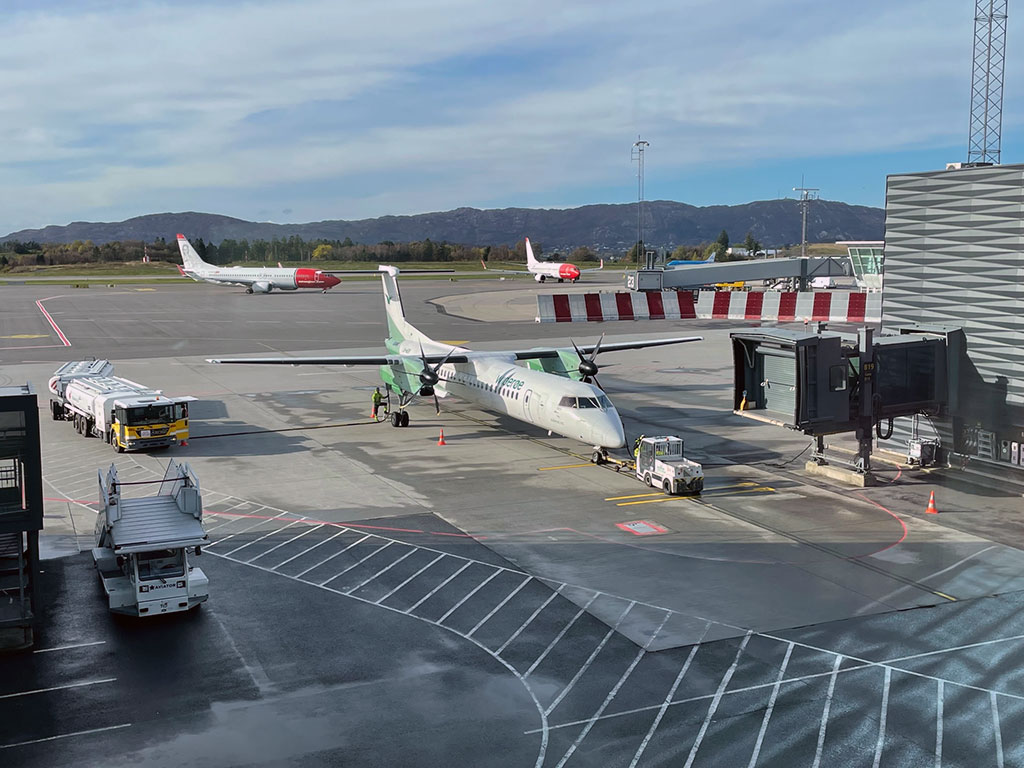
Norway is an expansive country with many remote communities that are served by air, often on essential air services. As such, it has a strong domestic network served by carriers like SAS, Norwegian, and Wideroe.
The latter still flies some older de Havilland Canada DHC-8 types on an extensive bus-stop network, and is a fascinating way for the enthusiast to get around.
The main airports are at Oslo Gardermoen, Bergen and Stavanger.
There’s also an excellent aviation museum at Bodo in the north of the country.
Scotland
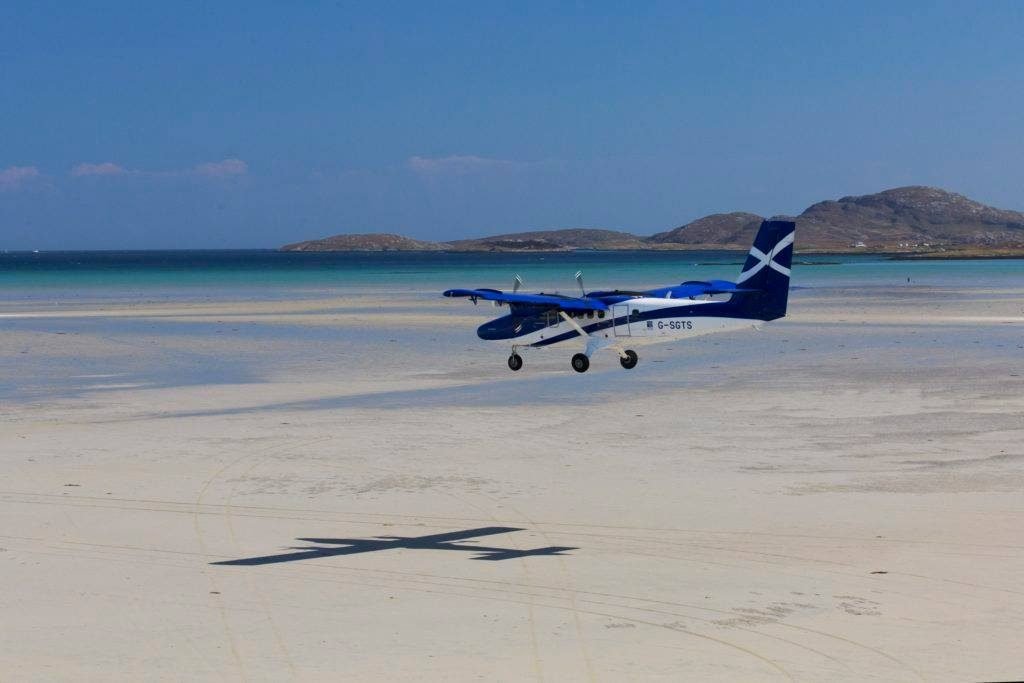
Photo (c) Loganair
Rarely the warmest of European destinations, Scotland is nevertheless a thriving place for aviation.
Like Norway, Scotland has many remote communities which are served by essential air routes. Particularly notable are the island services in the Orkney, Shetland and Outer Hebrides chains.
Among these are two very interesting options: the flight between Westray an Papa Westray in the Orkneys is the world’s shortest scheduled air service, at just over a mile and often lasting around a minute.
Then there’s the island of Barra, served a couple of times a day from Glasgow, which is the world’s only airport to operate scheduled services from a beach.
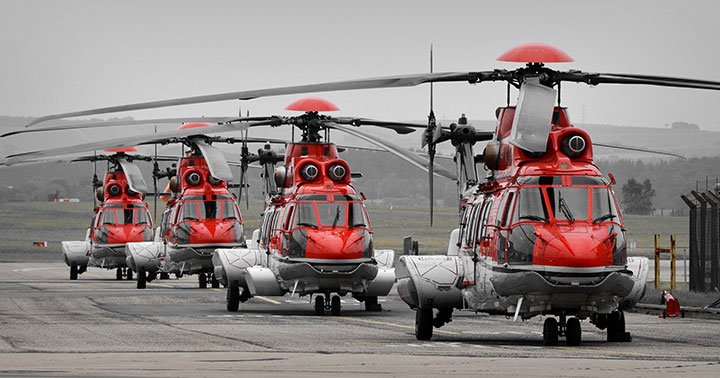
By Stuart Laird (4 helicopters) [CC BY-SA 2.0 (http://creativecommons.org/licenses/by-sa/2.0)], via Wikimedia Commons
Spain
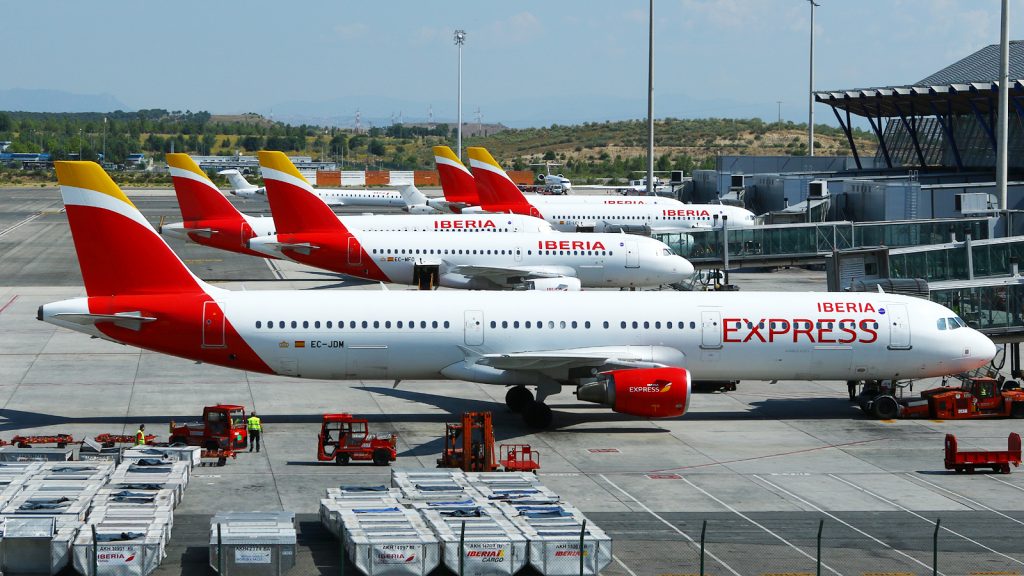
Spain is very popular among Europeans as a tourist destination. Its beaches around the coasts, or costas, are all served by busy airports that are the preserve of low-cost and leisure airlines, including Alicante, Girona, Malaga, Murcia and Reus.
However, Spain’s three busiest airports are at Madrid, Barcelona and Palma on the island of Majorca.
For a weekend or a few days, you can visit all three of these and fly between using incredibly cheap air services – often costing less than £20 per leg.
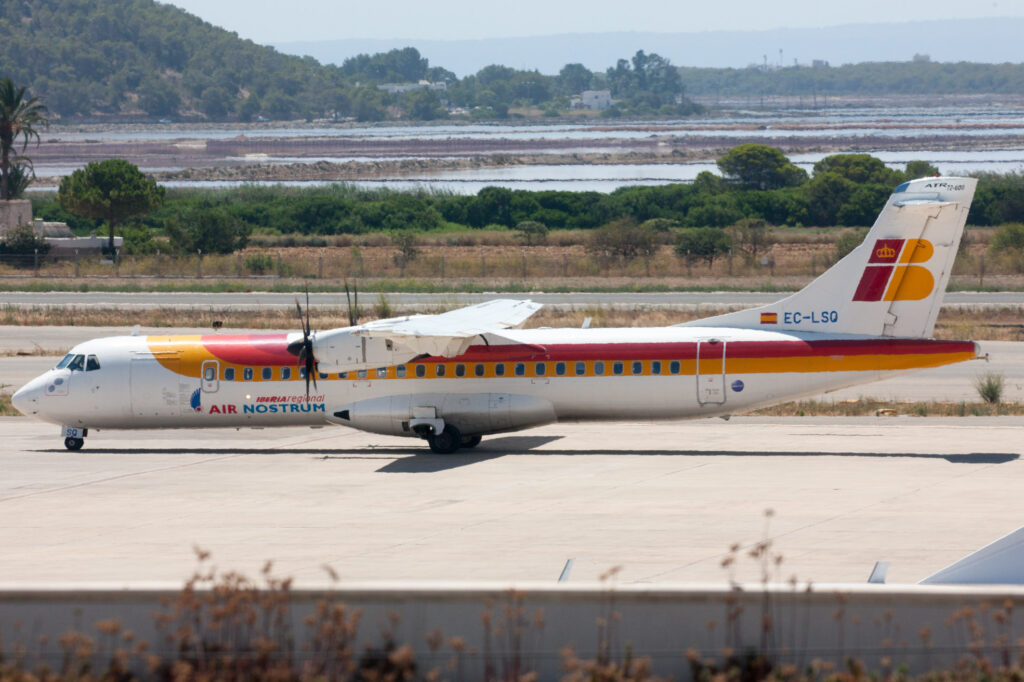
Combined with a spotting hotel (options available at all three), and some sunshine spotting and photography, it can make a profitable trip.
London
Most spotters visiting the UK capital will navigate to Heathrow airport – and rightly so. It is the busiest in the country and offers a mouthwatering mix of worldwide airlines, combined with some good spotting locations and hotels.
But London has much more to offer.
Gatwick airport to the south is also busy, particularly with low-cost airlines and an increasing number of long-haul carriers. Spotting options are few, but still possible.
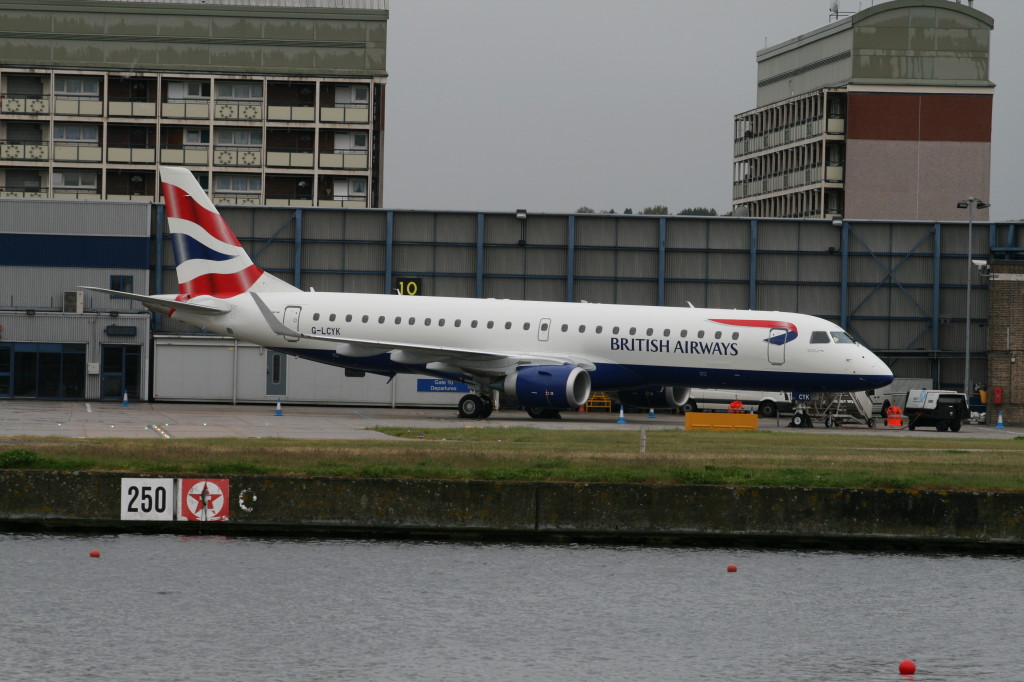
BA CityFlyer Embraer 190 G-LCYK
In the centre of the capital is London City airport – a compact place built on a former dock with a short runway surrounded by skyscrapers. Yet it is also busy with commuter airliners from all over Europe fighting for space on the small apron. You can easily spot from the opposite dock where all aircraft can be seen and photographed.
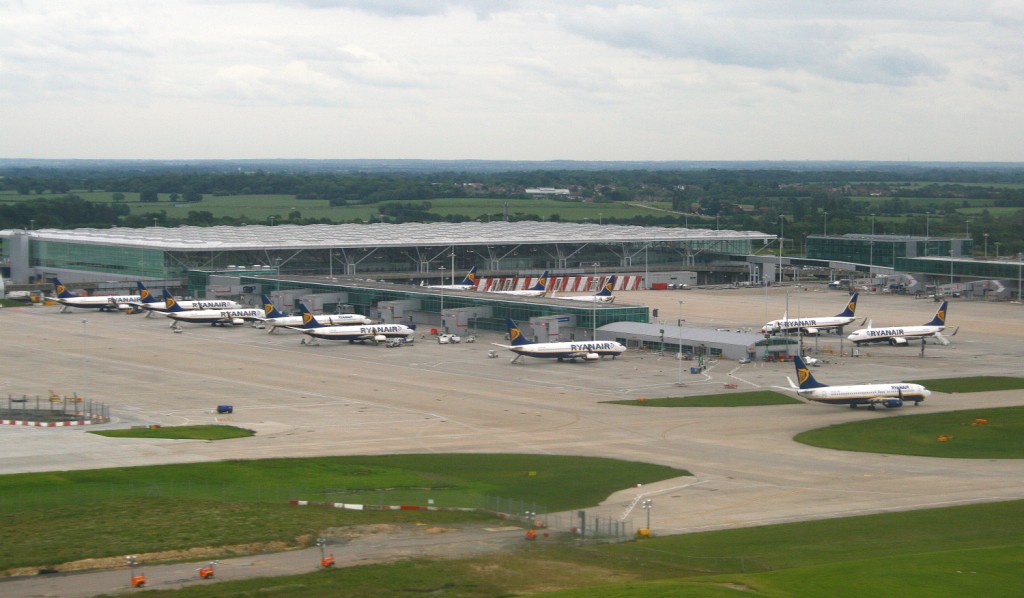
London Stansted and Luton airports are to the north. The former is busy with low-cost and cargo flights, while the latter is one of the UK’s best airports for spotting biz jets.
Biggin Hill to the south is also great for biz jets and some historic aircraft.
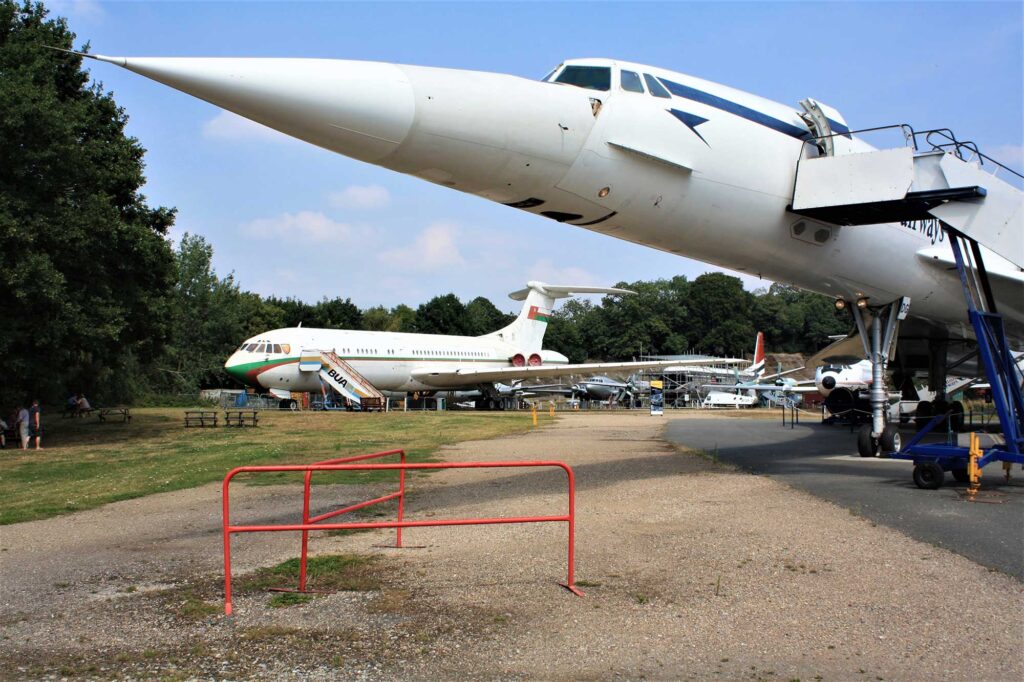
But what about preserved aircraft? London has a few great museums, including Brooklands Museum with its Concorde, VC10s and many other types, the extensive RAF Museum London at Hendon, and the Science Museum in Kensington with its small collection of very significant aircraft.
[Visiting the RAF Museum London]
Milan
Milan in Northern Italy has three main airports to visit, which can be done easily over the course of a weekend.
The older and much smaller airport of Milan Linate has always been limited by space and facilities. When Malpensa grew in the early 2000s much of Linate’s traffic moved there, however some mainline carriers still fly a range of short- and medium-haul routes popular with business travellers, which also makes it popular with business jets.
One of the most popular spots around the perimeter is the cemetery. After passing the end of runway 36, turn left on to Via Walter Tobagi and pass through the industrial estate. Eventually, turn left at the T-junction on to Via IV Novembre and follow to the end. The car park next to the cemetery fronts the perimeter fence. Aircraft using the runway and taxiway are at extremely close quarters here.
Malpensa is the more modern and much larger airport. It has parallel runways and two main passenger terminals. It is well served by Italian and European airlines, and those form further afield. It is also a busy cargo airport, handling many large freighters every day.
Car park P1 offer views over the ramp around the cargo area and parts of the gates from ground level. You can take photographs of some aircraft.
At Malpensa you’ll find the Volandia Museum. It has lots of historic aircraft, both civil and military, relating to Italy’s history, including a MD-80.
Some 28 miles from Milan, but easily reached, is the airport of Orio al Serio at Bergamo. Seen as Milan’s third airport, it is mainly served by low-cost and leisure airlines.
The terminal is on the south side of the main runway, whilst to the north is a military base and parking areas and hangars for executive aircraft, and a smaller general aviation runway.
You can spot from the top of the car park to the left of the terminal building, with views across the runway and some of the stands. There is also a viewing area with parking alongside the road at the eastern end of the airport, underneath the approach to runway 28.
Where else would you suggest for a short spotting break in Europe that combines some great options and variation? Leave a comment below!
Airport Spotting Guides Europe
Make the most of your plane spotting trip to Europe with our guide book, Airport Spotting Guides Europe.
In it you’ll find hundreds of airports listed, with maps, detailed descriptions of spotting locations and the aircraft you’ll see. You’ll also find tips on the best spotting hotels and aviation museums to visit!
Order Now





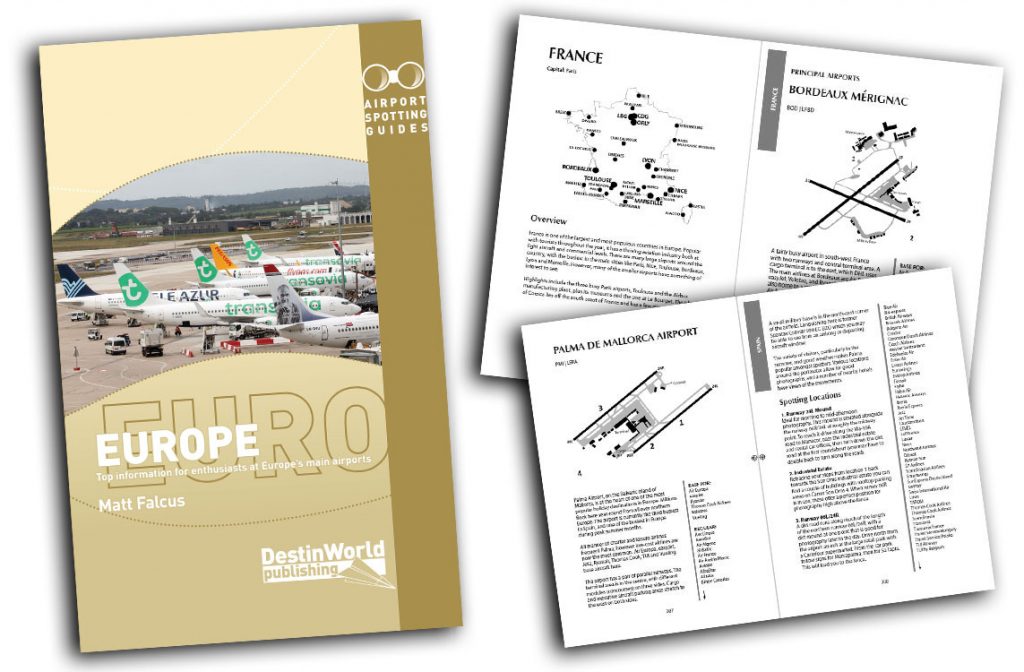



3 comments
Thanks, Matt, some useful ideas. I can recommend the Volandia museum at Malpensa.
I had never realised (or been told) that a permit was required to photograph at Charles de Gaulle – how does one get one?
Also, sorry to be the office pedant but, sadly, the Paris Airshow is biennial not biannual – every two years, alternating with Farnborough, not twice a year.
A propos which, I’m looking forward to Cosford and RIAT this year.
Thanks for keeping me straight Mike!
More details on the Paris photography pass here: https://www.airportspotting.com/complete-guide-spotting-paris-charles-de-gaulle/
Have been very fortunate and been to them all except Barra and Milan. Have flown into LBG many years ago and also ORY and CDG lately. Having been reprimanded about photography, I always look for signage to ensure I am not going to be apprehended, like I was at Farnborough, some six years ago. Chased by security in a blue short wheel based Land Rover…very nasty they were! So be careful out there !!